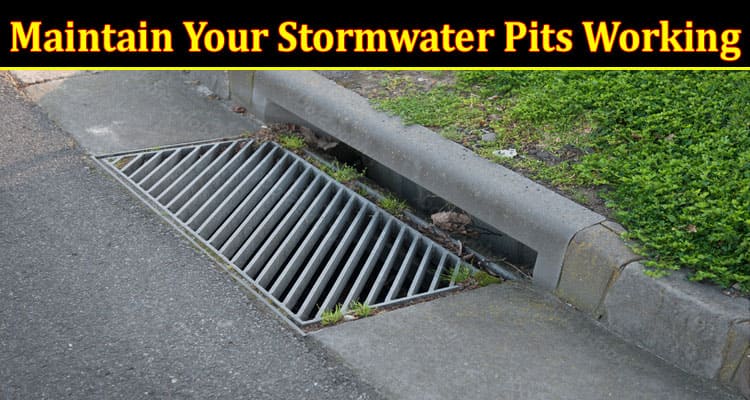Concrete stormwater pits are an essential part of the drainage system that helps to protect our environment from the harmful effects of stormwater runoff. They play a vital role in capturing and filtering stormwater before it enters our rivers, lakes, and oceans.
However, like any other infrastructure, stormwater pits require regular maintenance to ensure efficient functioning. Managing stormwater pits is crucial to prevent damaging floods to your property during heavy (or even light) downpours. This blog will discuss five essential tips to help you maintain your stormwater pits in good working condition.
Tips for Maintaining Stormwater Pits
Taking care of stormwater pits is a challenging task only some can master. To conquer such a daunting task, here are some tips you can utilize to properly maintain your concrete stormwater pits:
1. Inspect, Clean, and Repair the Stormwater Grate
Regular inspections and cleaning can identify any issues and prevent blockages that can impede water flow. Regular monitoring can ensure that the pits are functioning as intended. And educating employees and residents about the importance of proper maintenance can encourage them to do their part in keeping the system functioning efficiently.
Additionally, repairing damaged components can help prevent further damage and costly repairs down the line. You can also do the following to maintain stormwater pits properly:
- Manually clear leaves, weeds, and garden debris from gutters, downspouts, and stormwater drains
- Check the debris pile after a storm
- Clean the stormwater pits at least twice a year
2. Check the Flow
Always check the water flow even if there’s no incoming rain. Your plumber can use a CCTV drain inspection camera to look for clogs or issues if the flow’s intensity or direction is off or has changed after the last rainstorm.
3. Do Regular Jetting
A water jetter is a fantastic tool that some folks use to clear out stormwater systems. The top-notch equipment can get the job done better than almost any other tool. Its incredible power can even slice through tough tree roots, making it a valuable asset for clearing blockages.
4. Assessing and Installing the Control Measures
Stormwater pits can be protected using sediment management techniques. But before installing them, first, find any stormwater pits and drains that may be present on the site. All stormwater pits and drains should be marked on the site design, and suitable protection measures should be taken.
Compared to controls located inside stormwater pits, those that collect sediment above the pit are simpler to clean but have less storage space. Here are some of these techniques:
- Sediment fence traps – are staked-in fences placed around drainage pits to catch sediments.
- Filter socks – are woven tubes that contain bioremediation medium or compost used to filter hydrocarbons, site runoff of sediments, nutrients, and heavy metals.
- Stormwater pit traps – are baskets, trays, bags, or screens positioned just below the stormwater pit’s entrance. They keep sediments out of the stormwater drainage system.
Additionally, all sediment control measures should be examined regularly to maintain efficacy and avoid bypass, especially after rainstorm events. If the build-up caught by the control measures is not tainted, it can be restocked and utilized locally or dumped in a landfill.
5. Avoid harmful materials
Many materials can detrimentally damage stormwater pits. It is highly advised to avoid pouring oil down the drains since it can quickly block them. Many individuals use salt and sand in their driveways and walkways to prevent slipping. Although beneficial, it is highly advisable to remove any extra salt or sand to prevent a stormwater drain obstruction.
Maintaining Stormwater Pits the Right Way
Maintaining stormwater pits should be a top priority for any property owner or manager. By implementing the five essential tips outlined in this post, you can help ensure your stormwater pits function efficiently and effectively.
Remember to schedule regular inspections, cleanings, and repairs, monitor the system, and educate those involved in its upkeep. With these practices in place, you can help maintain a safe and healthy environment.

